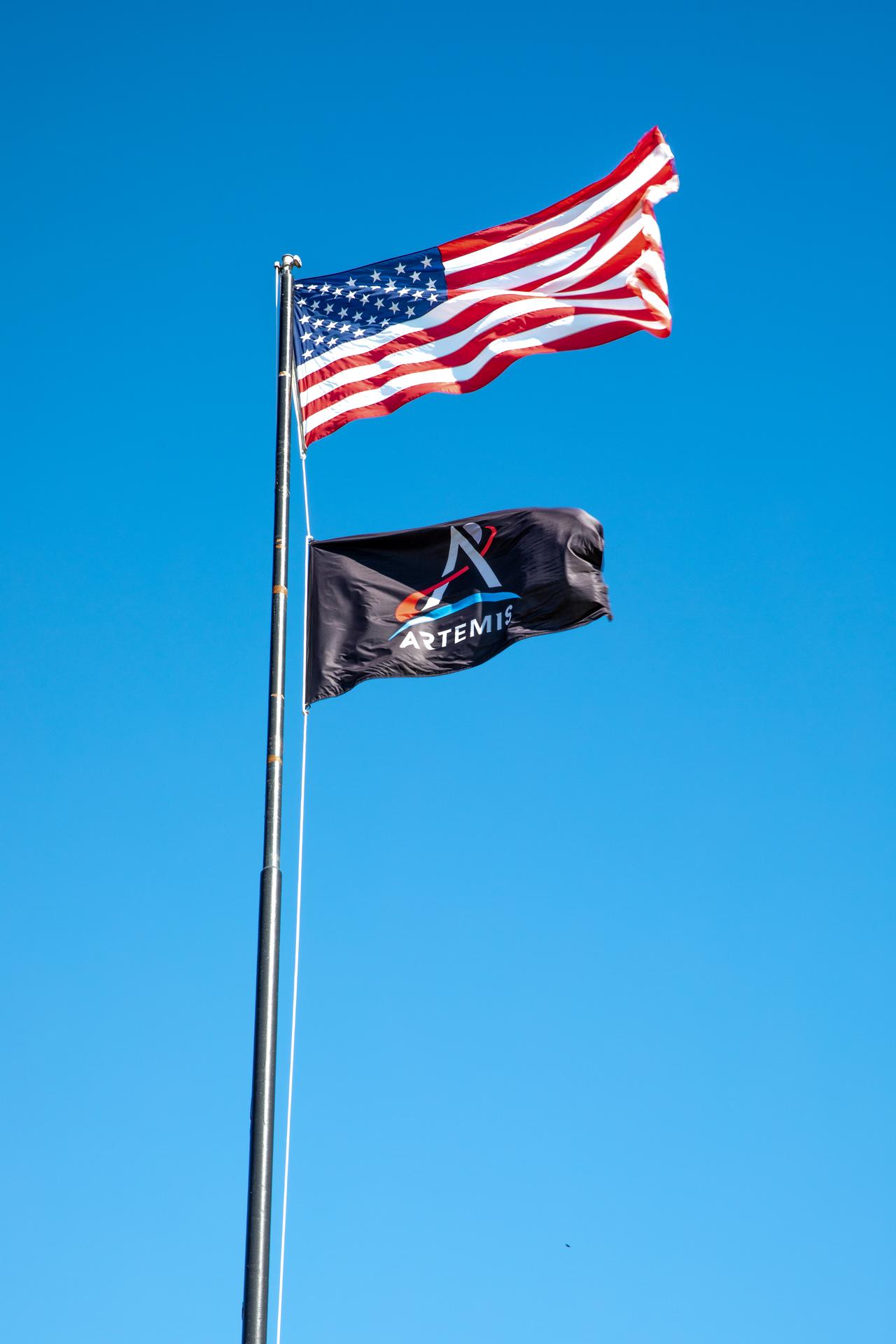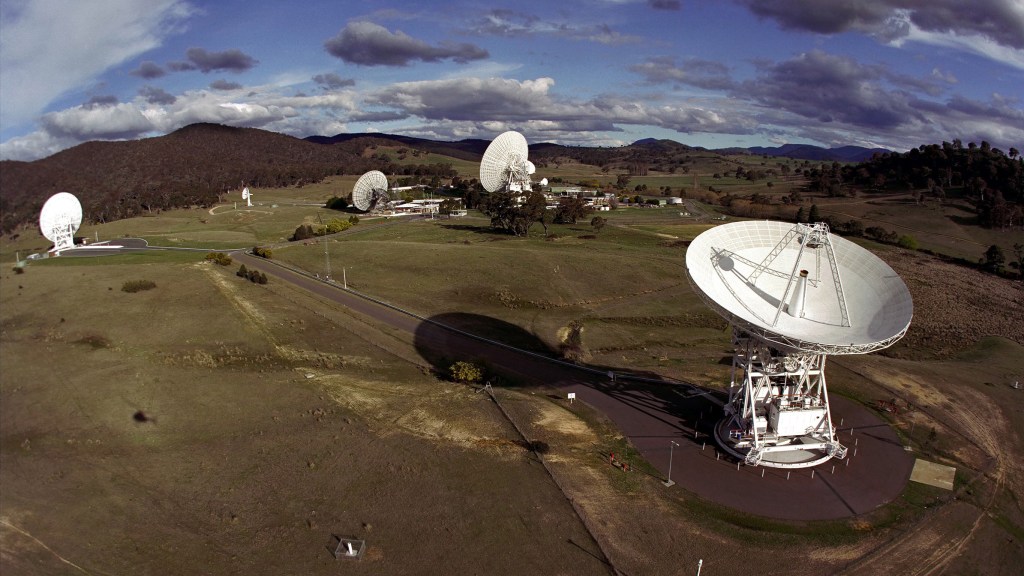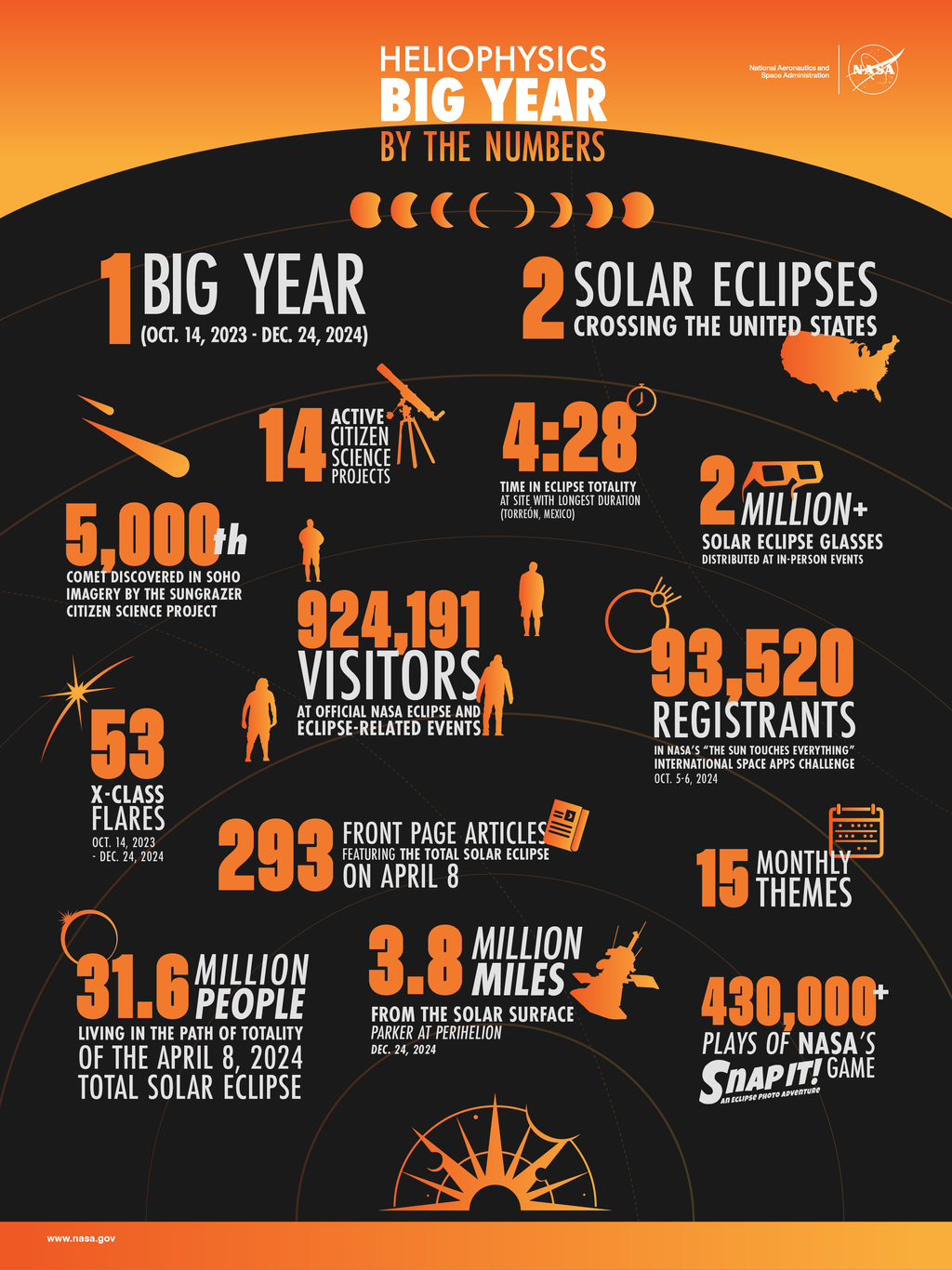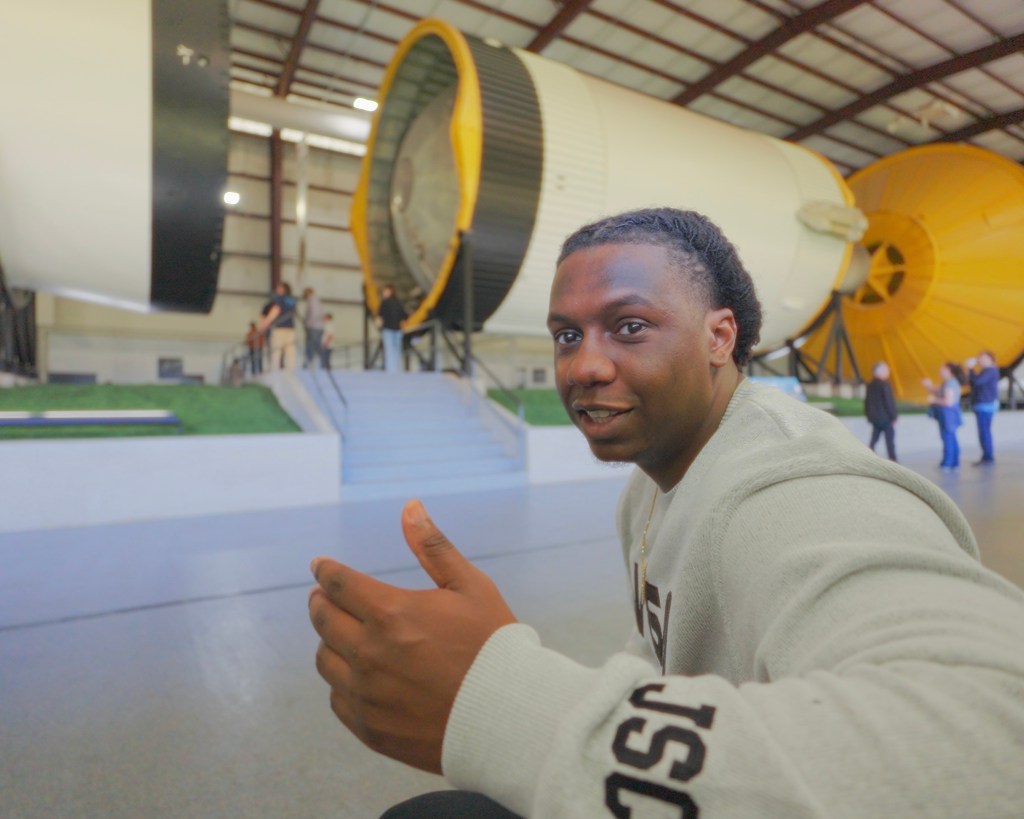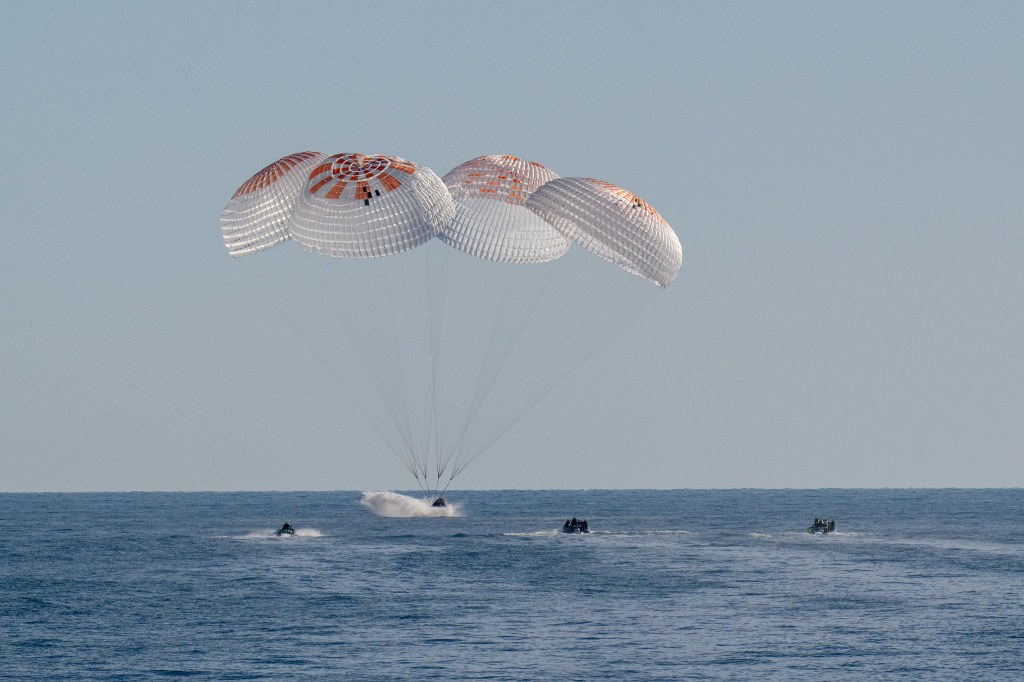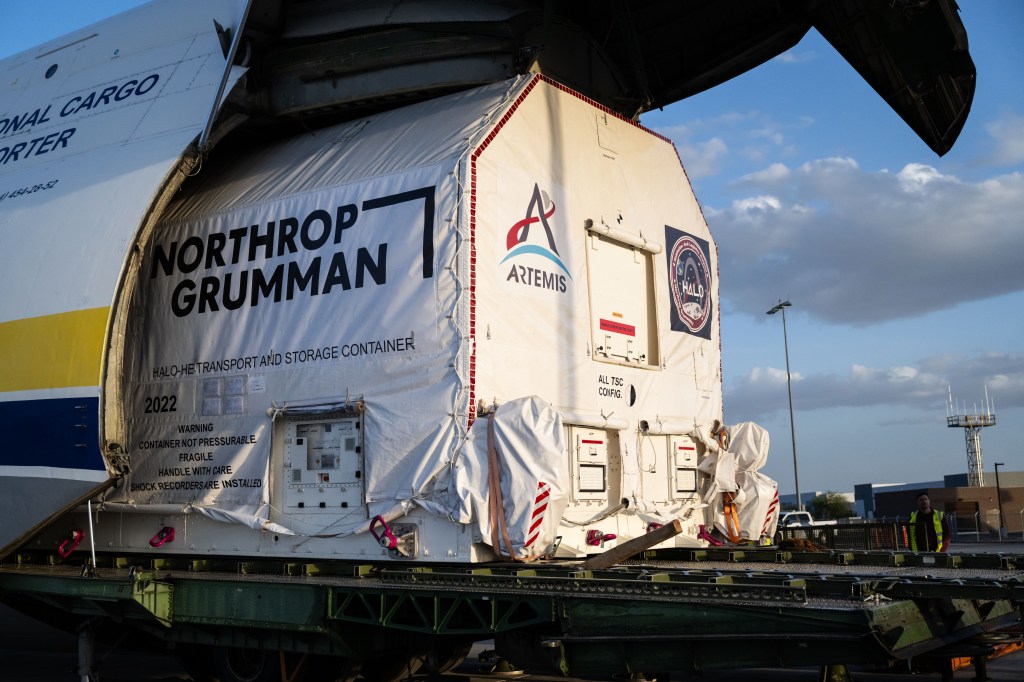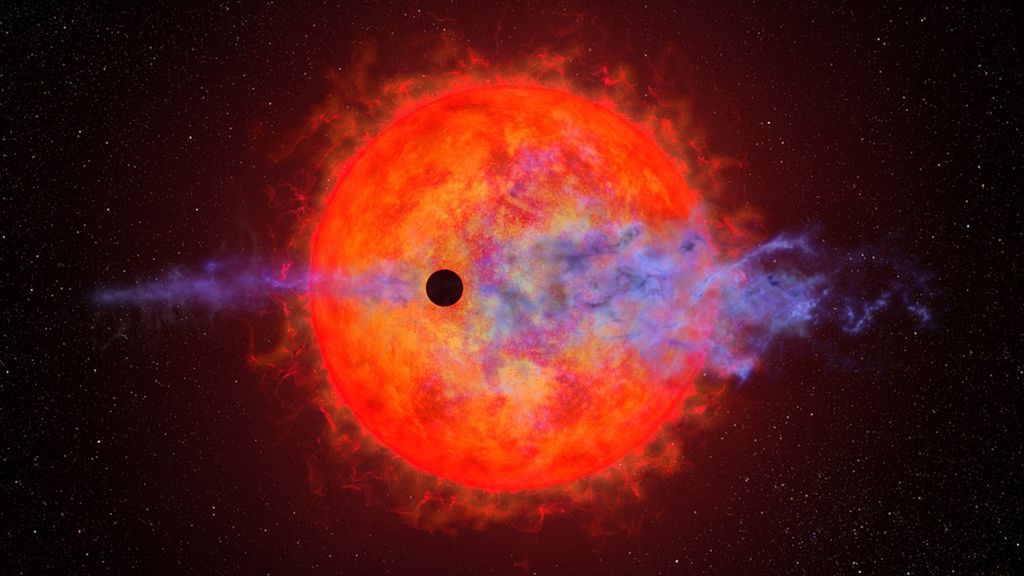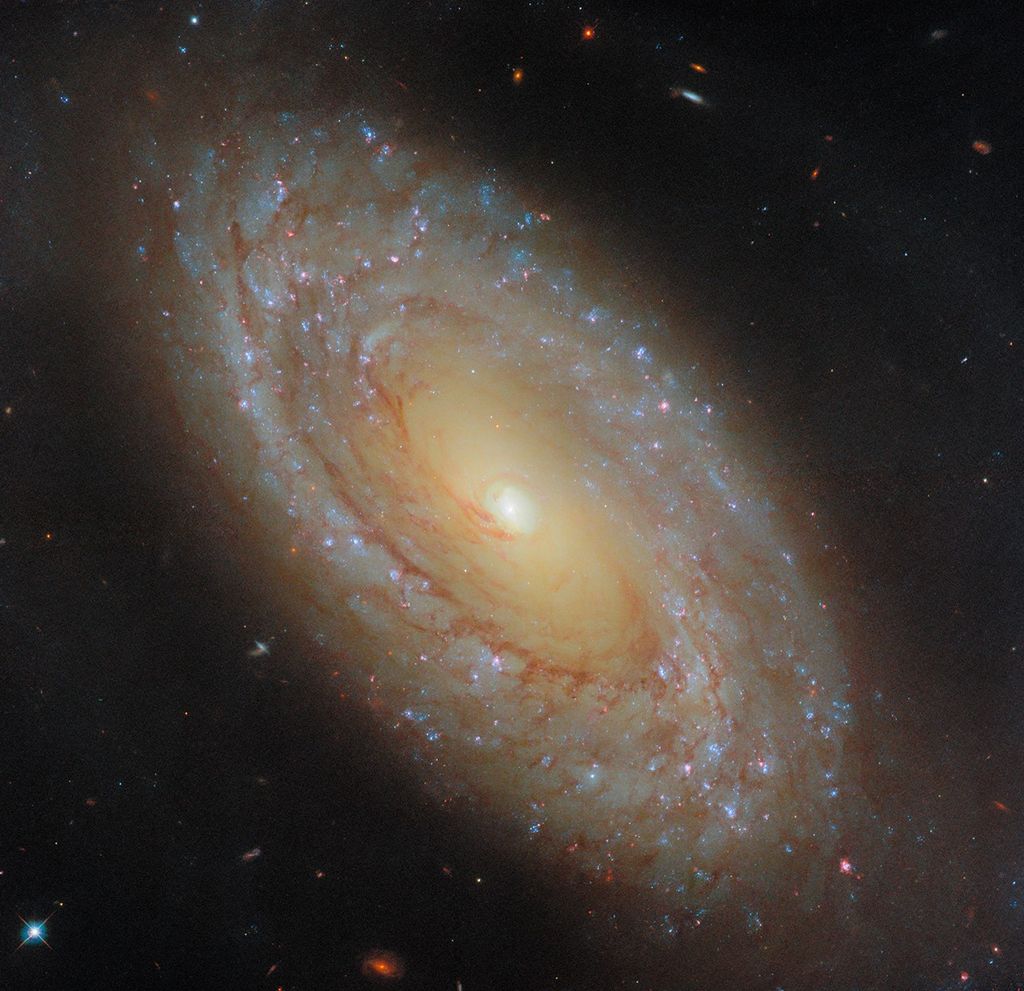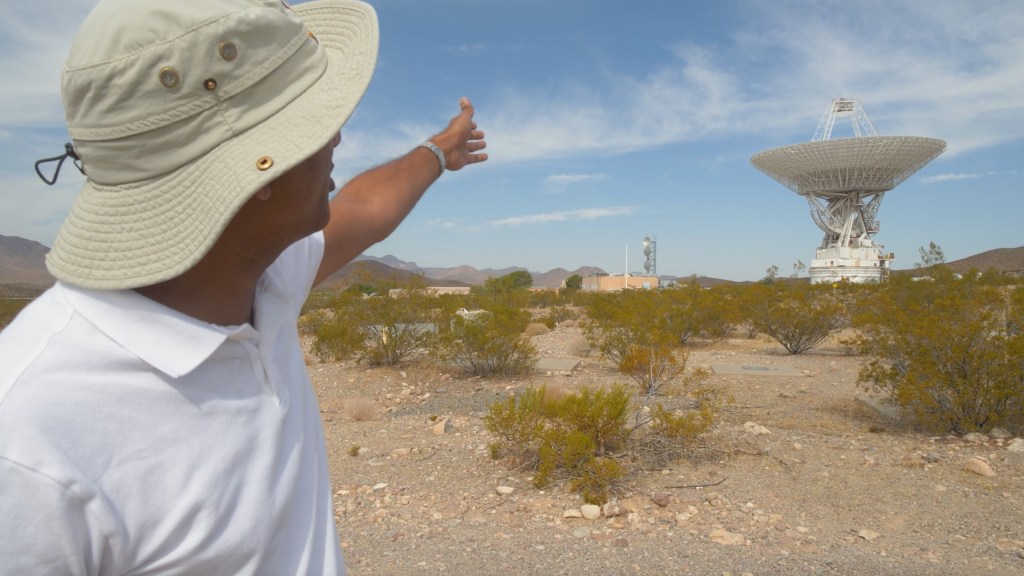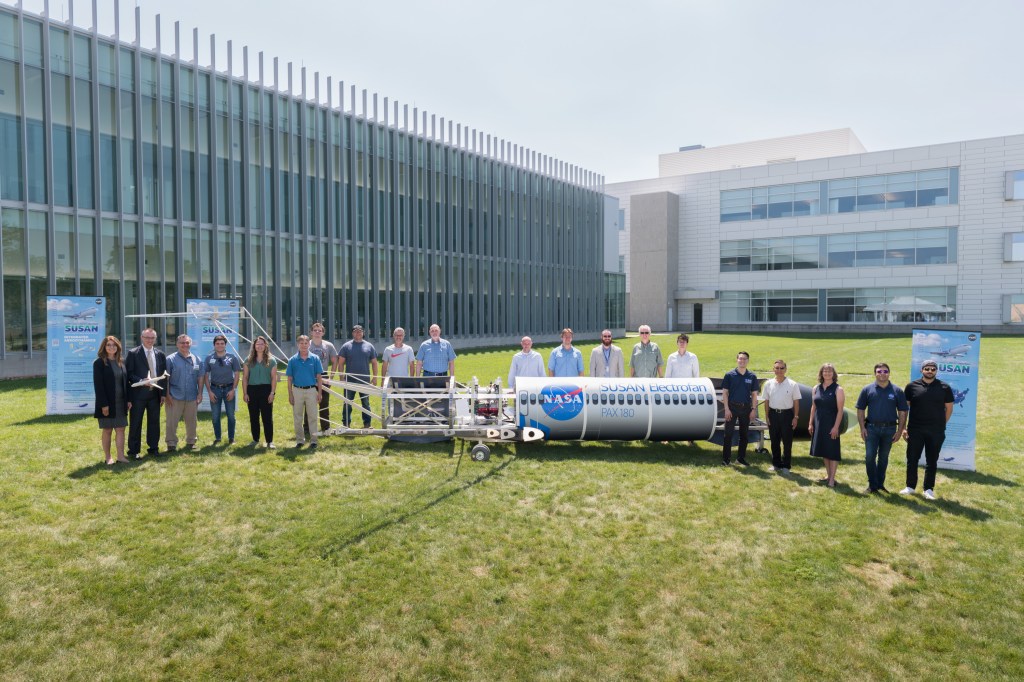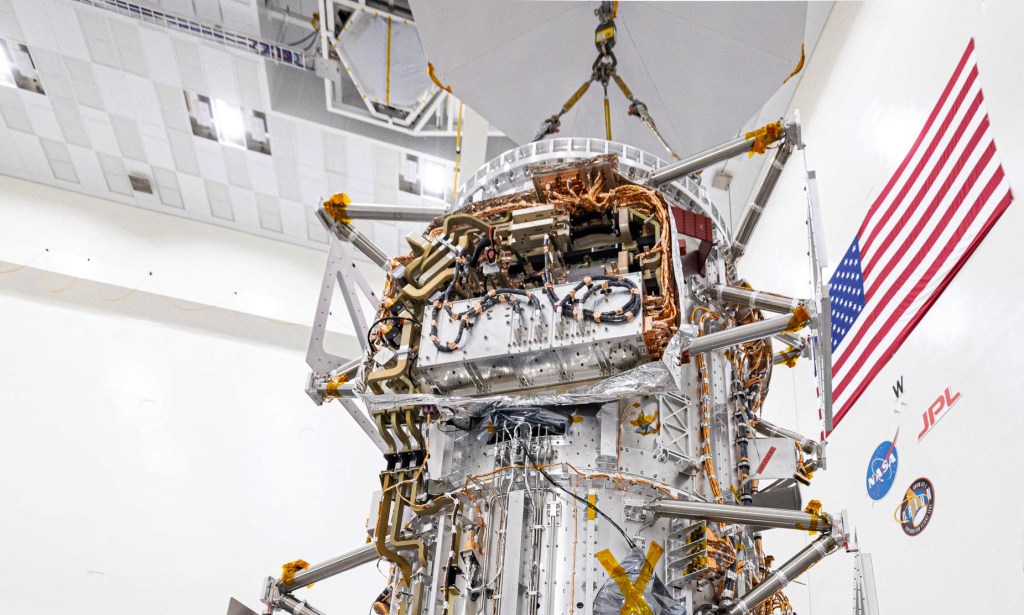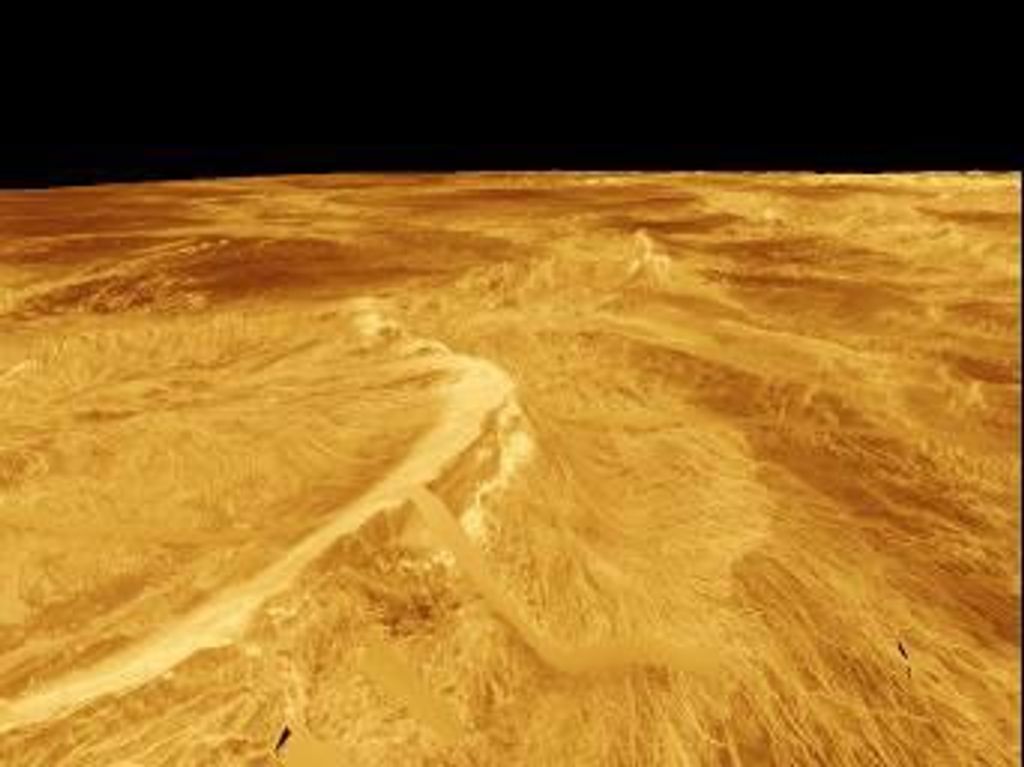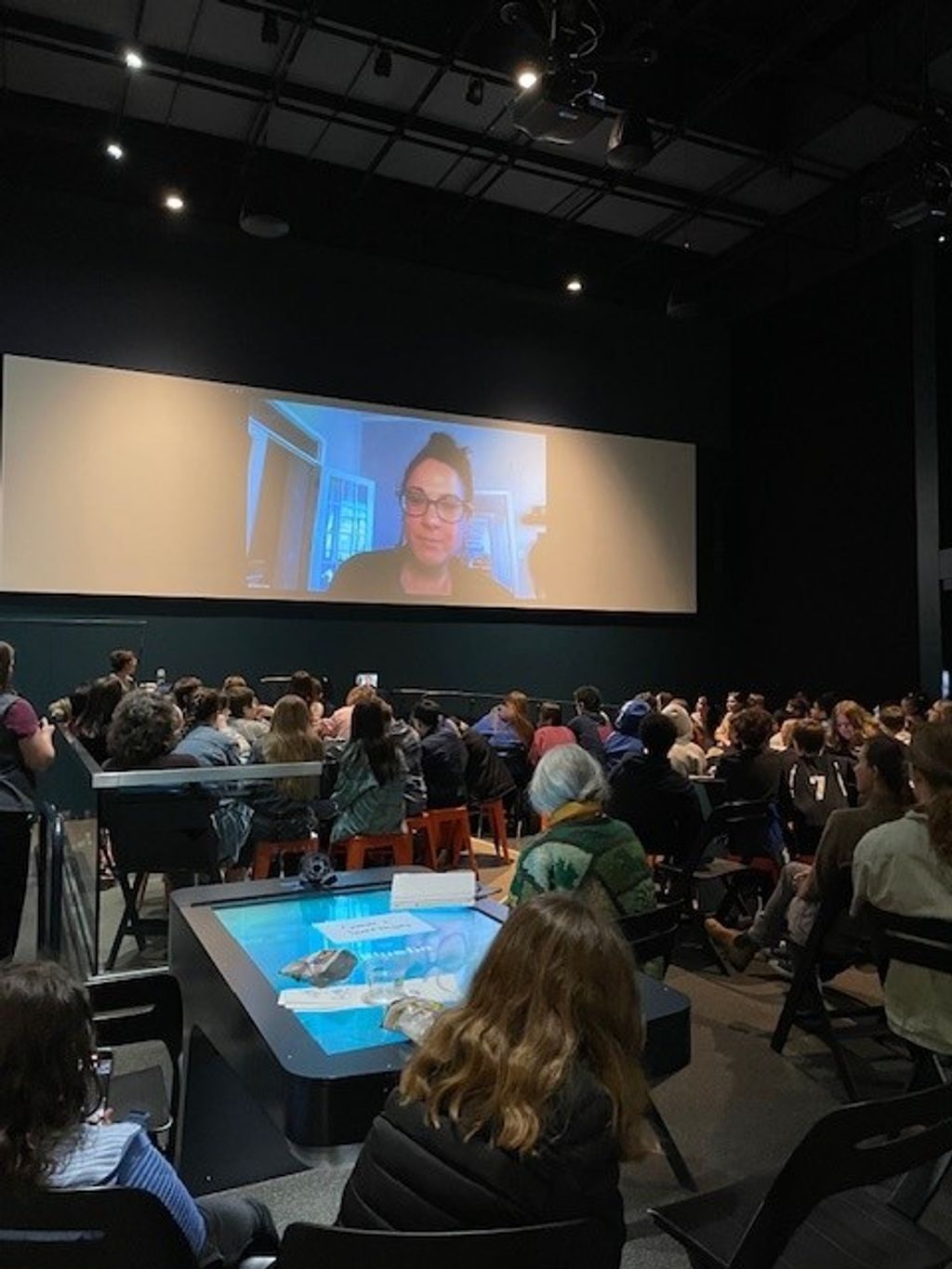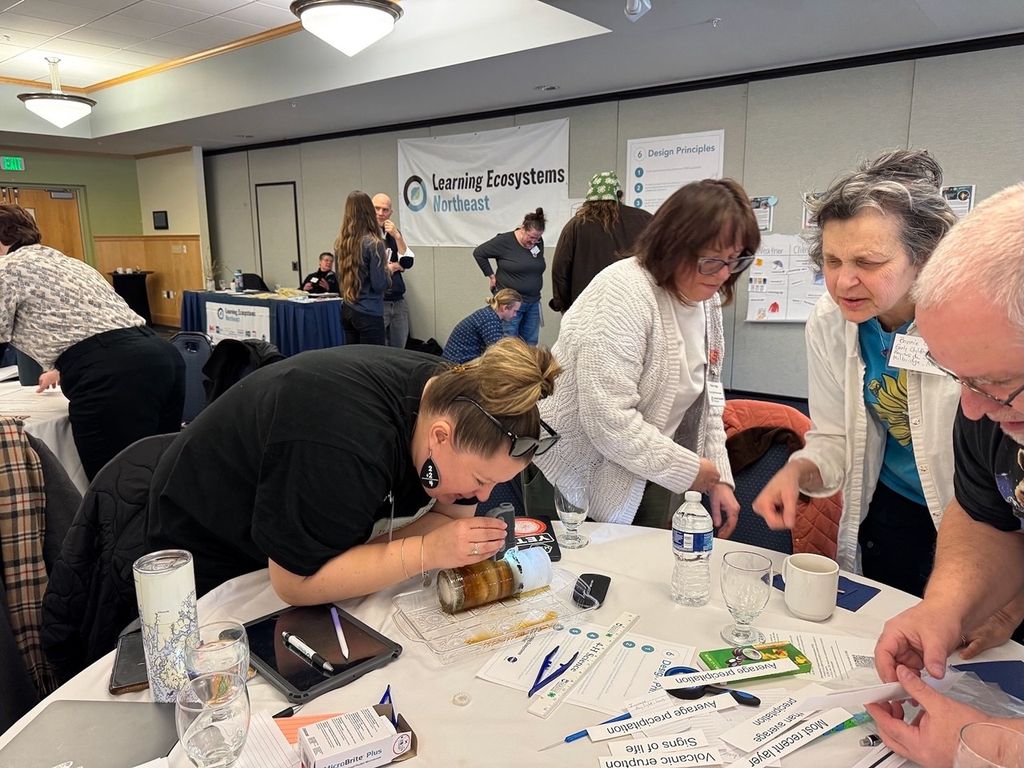Dragon Launch Set for March 6, Station Bone Research Benefits Earth
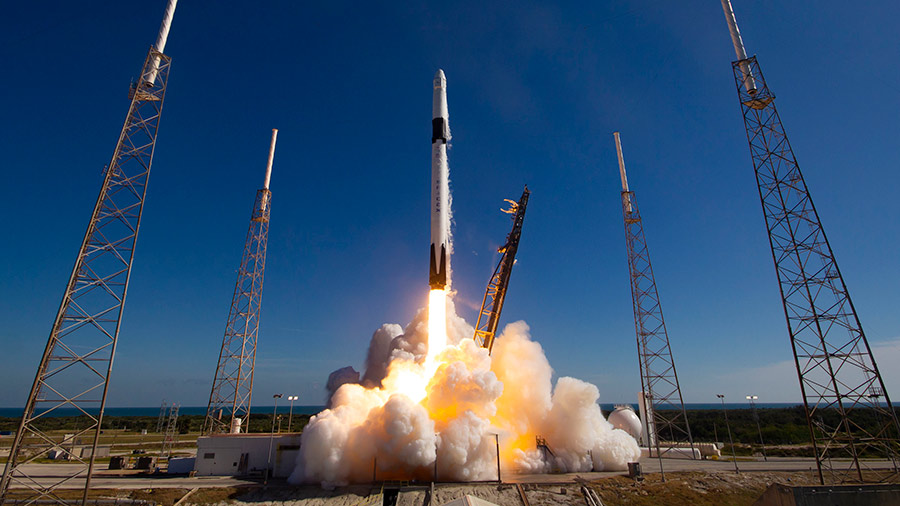
SpaceX has announced March 6 for the launch of its 20th contracted cargo mission to the International Space Station. Its Dragon resupply ship will arrive March 9 with over 5,600 pounds of science hardware, research samples and supplies to the Expedition 62 crew.
Meanwhile, NASA Flight Engineers Jessica Meir and Andrew Morgan are tending to a new experiment, which was delivered early last week aboard Northrop Grumman’s Cygnus cargo craft. The astronauts are exploring the differences between bone cells exposed to microgravity versus samples magnetically levitated on Earth.
Doctors will use the comparisons to gain a deeper understanding of bone diseases. Space-caused bone loss is similar to the symptoms of Earth-bound conditions such as osteoporosis. Astronauts exercise daily keeping track of their diet to counteract the effects of microgravity and maintain healthy bones and muscles.
Meir and Morgan continue to unpack the over three tons of cargo shipped aboard Cygnus one week ago. The duo transferred powered payloads including science freezers containing research samples and tanks filled with nitrogen and oxygen to replenish the station’s atmosphere.
Commander Oleg Skripochka of Roscosmos was back on space physics research this morning observing the behavior of heavily charged particles, or plasma crystals. The three-time station resident also serviced life support gear before collecting measurements from Russian radiation detectors.

